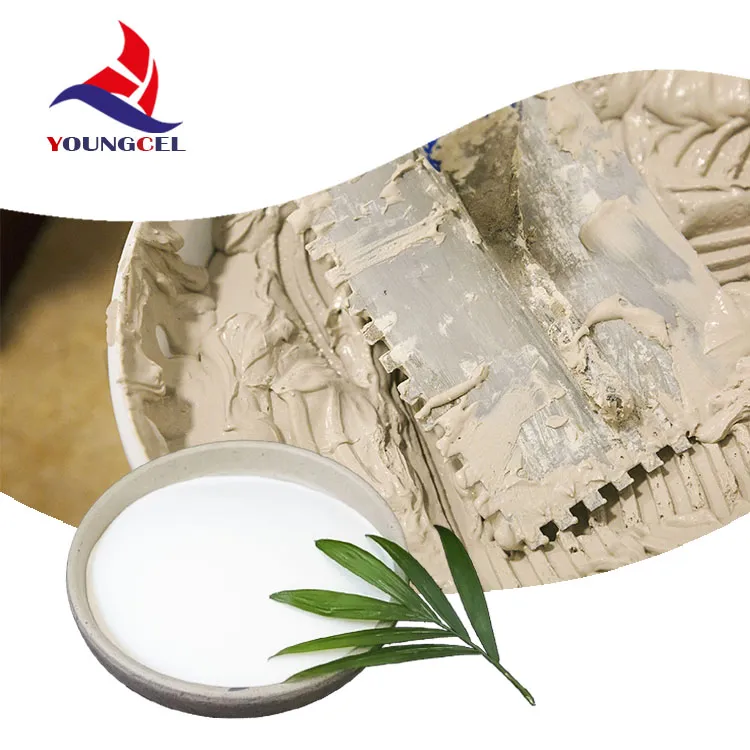The Significance of Cellulose Material in Modern Industries
Cellulose is one of the most abundant organic polymers on Earth, primarily found in the cell walls of plants. Comprising a linear chain of glucose units, cellulose serves not only as a structural component in the plant kingdom but also holds significant promise for various applications across diverse industries. Understanding the properties, applications, and benefits of cellulose material can help to unveil its potential in addressing contemporary challenges, from sustainable practices to innovative product development.
Characteristics of Cellulose
Cellulose is distinguished by its high tensile strength and resistance to hydrolysis. These properties stem from the extensive hydrogen bonding between cellulose fibers that create a robust network. It is not soluble in water and can be processed into various forms, including pulp, powder, and fibers, depending on the intended use. Its biodegradability also makes cellulose an attractive alternative to synthetic materials, aligning with global movements toward sustainability.
Applications of Cellulose
1. Textiles One of the most well-known applications of cellulose is in the textile industry, where it is transformed into various fibers like cotton, linen, and rayon. Cotton, for instance, is almost entirely composed of cellulose and is prized for its softness and breathability. Rayon, a semi-synthetic fiber derived from regenerated cellulose, provides an alternative to synthetic fibers, making it a popular choice in fashion and upholstery.
2. Food Industry Cellulose is widely utilized as a food additive, functioning as a thickener, stabilizer, and emulsifier. Its insoluble form, known as dietary fiber, plays a crucial role in digestive health by promoting regularity and reducing the risk of various diseases. Furthermore, cellulose can serve as a fantastic bulking agent in low-calorie food products, enhancing texture and volume without adding significant calories.
cellulose material

3. Pharmaceuticals In the pharmaceuticals sector, cellulose is employed as an excipient in tablet formulations, providing structural integrity and improving the release profile of active ingredients. Microcrystalline cellulose particularly stands out for its role as a disintegrant, facilitating the breakdown of tablets in the digestive tract. Its biocompatibility and non-toxic nature make it an ideal choice for various medical applications.
4. Bioplastics As the global community seeks to reduce dependence on fossil fuels, cellulose has emerged as a key player in the development of biodegradable plastics. Cellulose acetate, for example, is a derivative of cellulose used to manufacture a wide range of biodegradable products, such as packaging materials and disposable cutlery. This shift to cellulose-based plastics contributes to reducing plastic pollution and promoting a circular economy.
5. Nanocellulose In recent years, advances in technology have allowed for the extraction of nanocellulose, an even finer form of cellulose with unique properties. Nanocellulose exhibits remarkable strength-to-weight ratios and is being explored in various applications, including coatings, composites, and even biomedical devices. Its high surface area and reactivity make it an intriguing material for future innovations.
Environmental Benefits
The environmental advantages of cellulose cannot be overstated. As a renewable resource, cellulose can be sourced from sustainably managed forests and agricultural byproducts. Its biodegradability is a crucial factor in addressing the growing concerns of plastic pollution and waste management. By promoting the use of cellulose-based materials, industries can take a significant step towards minimizing their ecological footprint.
Conclusion
Cellulose material plays a vital role across multiple sectors, providing not only functional benefits but also sustainable solutions to pressing global issues. As industries continue to explore and innovate using cellulose, its potential applications will likely expand further, paving the way for a greener and more sustainable future. By harnessing the natural properties of cellulose, we can begin to transform our approach to materials, contributing to a healthier planet for generations to come. The continued research and investment in cellulose technology will undoubtedly lead to exciting advancements, revealing new possibilities for this remarkable organic compound.
-
Rdp that The Revolutionary Polymer Powder Transforming Modern Construction MaterialsNewsAug.11,2025
-
Hpmc Powder that Versatile Additive for Detergents and Personal CareNewsAug.11,2025
-
Hpmc Hydroxypropyl Methylcellulose that Essential Building Material Additive from Shijiazhuang Gaocheng YongfengNewsAug.11,2025
-
Hydroxypropyl Methyl Cellulos Hpmc that Essential for Construction ApplicationsNewsAug.11,2025
-
Mhec Powder that Revolutionizing Construction Chemistry with Cellulose Ether SolutionsNewsAug.11,2025
-
Industri Hpmc that The Global Backbone of Advanced ConstructionNewsAug.11,2025




